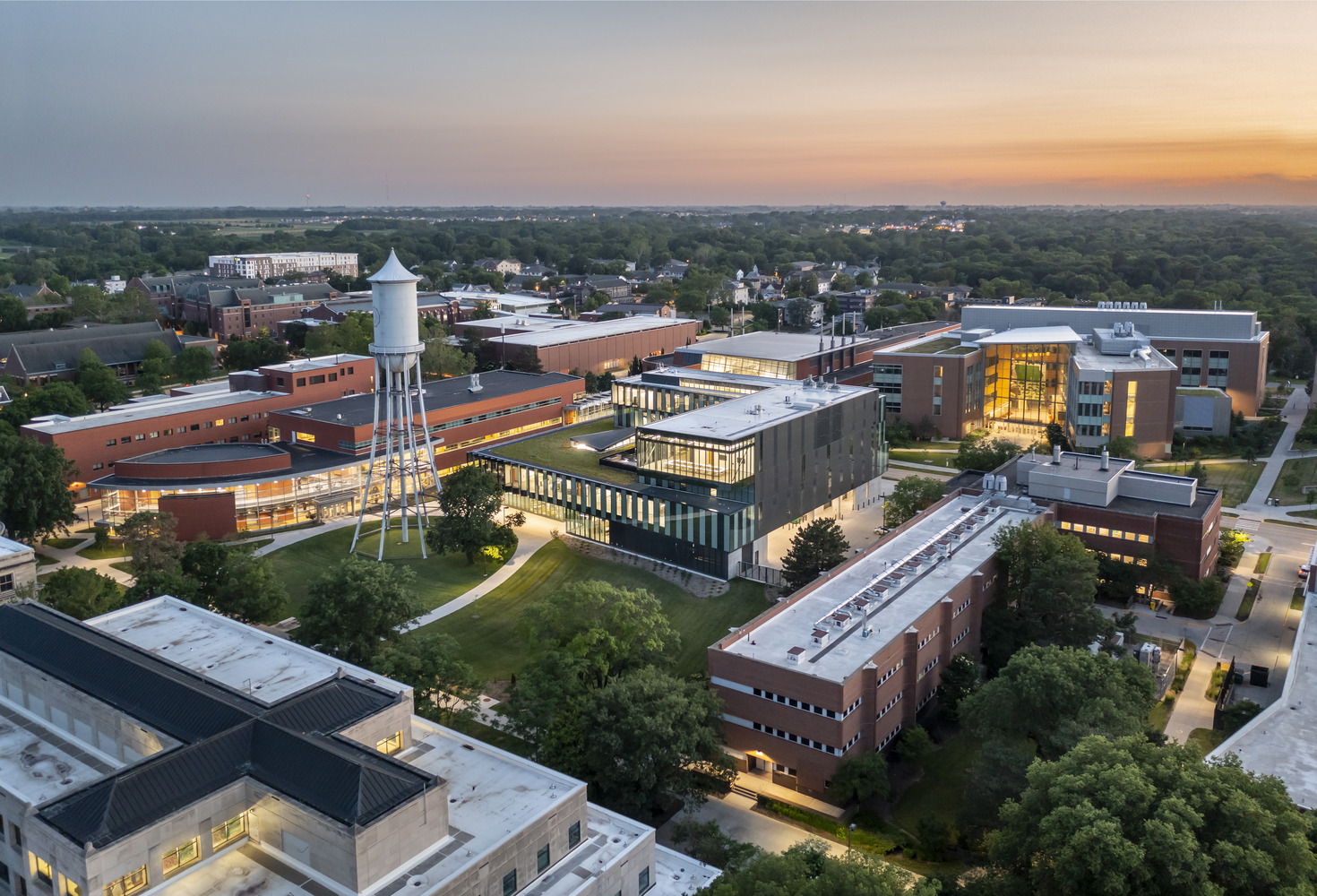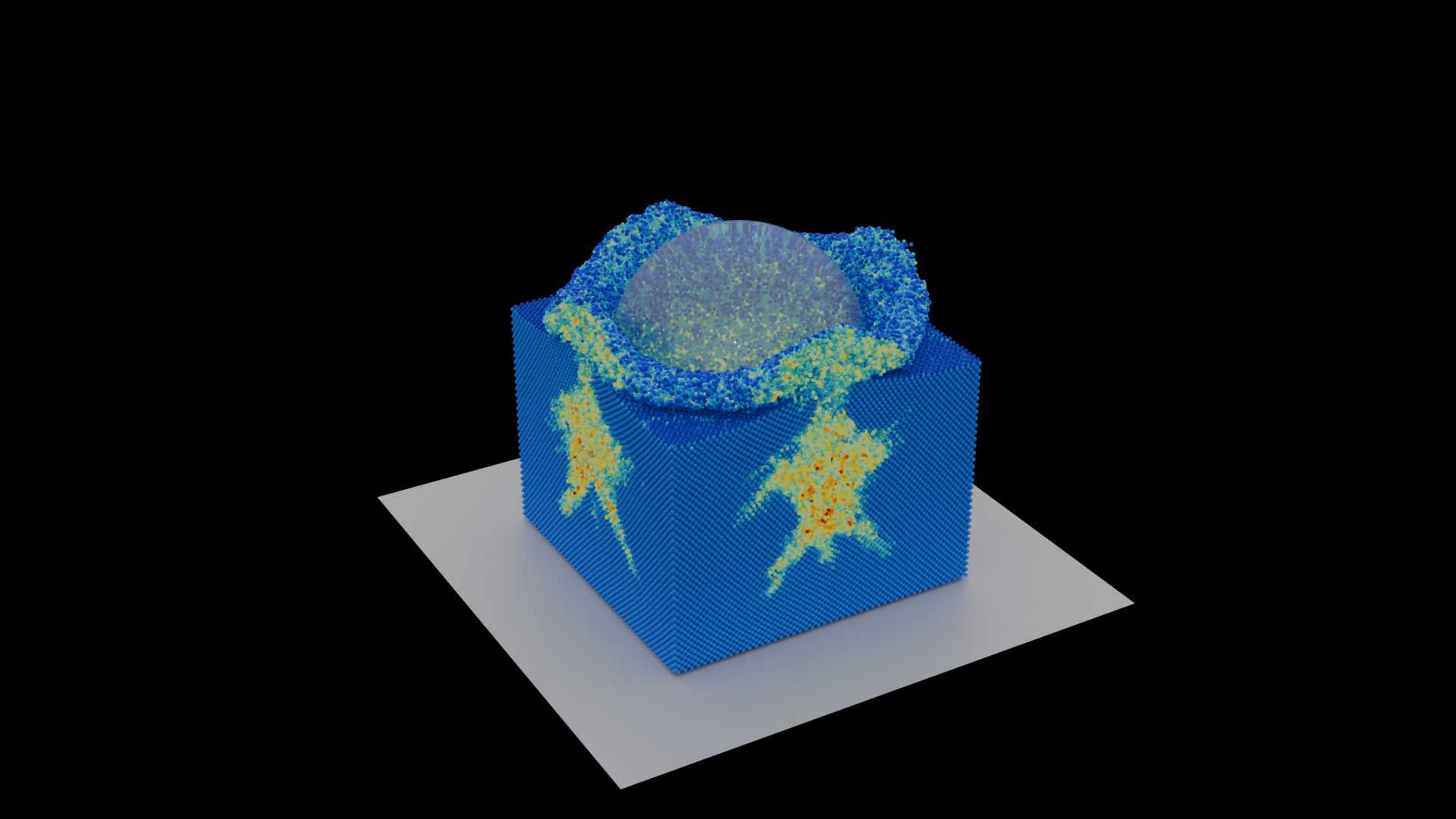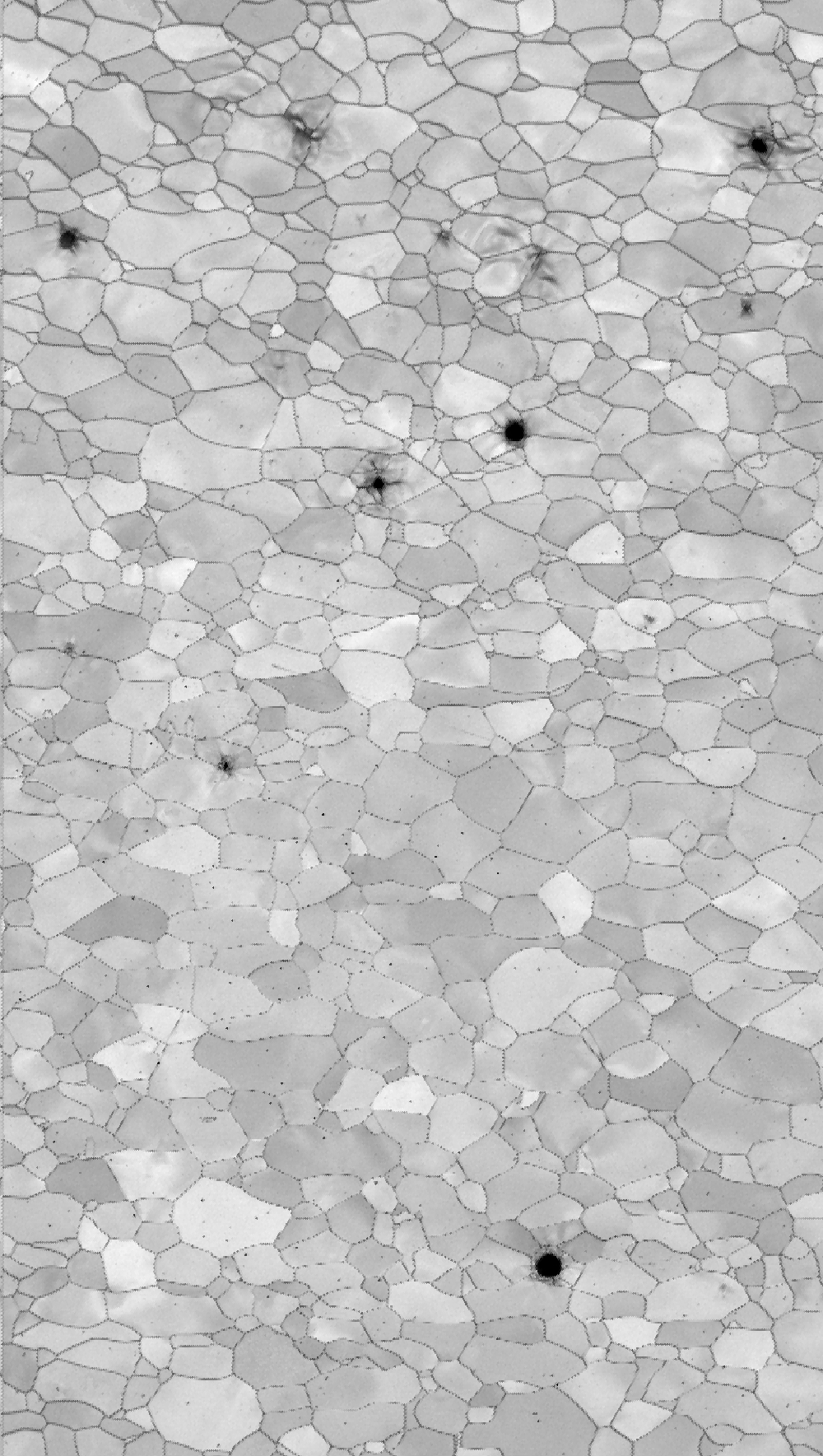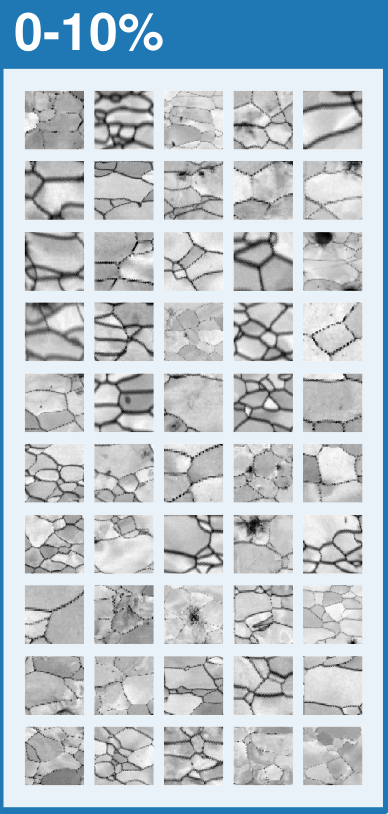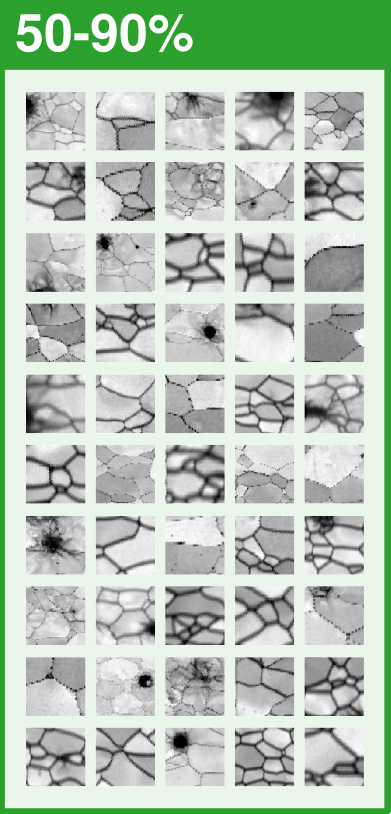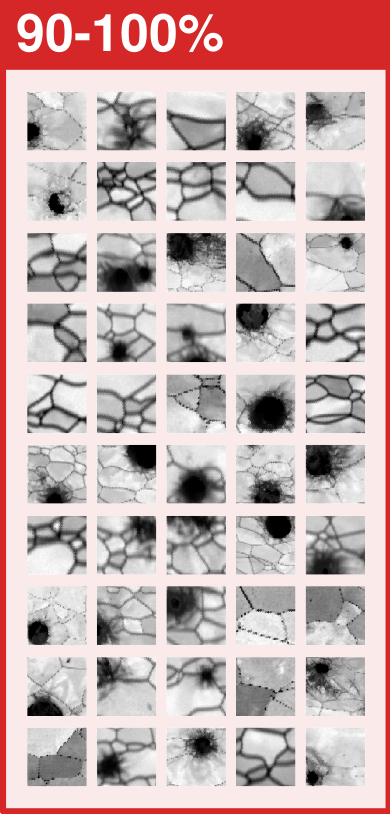[{"id":1409,"link":"https:\/\/www.solids.group\/atomistic-informed-phase-field-modeling-of-magnesium-twin-growth-by-disconnections-our-work-appears-in-acta-materialia\/","name":"atomistic-informed-phase-field-modeling-of-magnesium-twin-growth-by-disconnections-our-work-appears-in-acta-materialia","thumbnail":{"url":false,"alt":false},"title":"Atomistic-informed phase field modeling of magnesium twin growth by disconnections - Our work appears in Acta Materialia","excerpt":"","content":"Recent work, in collaboration with ETH Zurich, has been published in Acta Materialia. DOI: https:\/\/doi.org\/10.1016\/j.actamat.2024.120564 Abstract: The nucleation and propagation of disconnections play an essential","author":{"name":"Brandon Runnels","link":"https:\/\/www.solids.group\/author\/brunnels\/"},"date":"Jan 8, 2025","dateGMT":"2025-01-08 03:39:01","modifiedDate":"2025-01-08 03:39:07","modifiedDateGMT":"2025-01-08 03:39:07","commentCount":"0","commentStatus":"open","categories":{"coma":"<a href=\"https:\/\/www.solids.group\/category\/news\/\" rel=\"category tag\">News<\/a>, <a href=\"https:\/\/www.solids.group\/category\/publications\/\" rel=\"category tag\">Publications<\/a>","space":"<a href=\"https:\/\/www.solids.group\/category\/news\/\" rel=\"category tag\">News<\/a> <a href=\"https:\/\/www.solids.group\/category\/publications\/\" rel=\"category tag\">Publications<\/a>"},"taxonomies":{"post_tag":""},"readTime":{"min":1,"sec":17},"status":"publish"},{"id":1303,"link":"https:\/\/www.solids.group\/mike-meier-receives-uccs-mae-phd-student-of-the-year-award\/","name":"mike-meier-receives-uccs-mae-phd-student-of-the-year-award","thumbnail":{"url":"https:\/\/i0.wp.com\/www.solids.group\/wp-content\/uploads\/2021\/12\/maycon-1-e1640205452131.png?fit=999%2C1027&ssl=1","alt":""},"title":"Mike Meier receives UCCS MAE PhD Student of the Year Award","excerpt":"","content":"Solids group member Maycon \"Mike\" Meier dos Santos is the recipient of the Mechanical and Aerospace Engineering PhD Student of the Year award. Congratulations Mike!!","author":{"name":"Brandon Runnels","link":"https:\/\/www.solids.group\/author\/brunnels\/"},"date":"May 17, 2024","dateGMT":"2024-05-17 12:51:23","modifiedDate":"2024-05-17 12:51:28","modifiedDateGMT":"2024-05-17 12:51:28","commentCount":"0","commentStatus":"open","categories":{"coma":"<a href=\"https:\/\/www.solids.group\/category\/news\/\" rel=\"category tag\">News<\/a>","space":"<a href=\"https:\/\/www.solids.group\/category\/news\/\" rel=\"category tag\">News<\/a>"},"taxonomies":{"post_tag":""},"readTime":{"min":0,"sec":8},"status":"publish"},{"id":1263,"link":"https:\/\/www.solids.group\/finite-kinematics-diffuse-interface-mechanics-coupled-to-solidcomposite-propellant-deflagration-our-work-appears-in-cmame\/","name":"finite-kinematics-diffuse-interface-mechanics-coupled-to-solidcomposite-propellant-deflagration-our-work-appears-in-cmame","thumbnail":{"url":"https:\/\/i0.wp.com\/www.solids.group\/wp-content\/uploads\/2023\/12\/vonmisses0067.png?fit=974%2C904&ssl=1","alt":""},"title":"Finite kinematics diffuse interface mechanics coupled to solidcomposite propellant deflagration - our work appears in CMAME","excerpt":"","content":"Link to paper: https:\/\/doi.org\/10.1016\/j.cma.2024.117040 Abstract: Solid Composite Propellants (SCPs) are widely employed in the field of propulsion due to their enduring chemical and mechanical stability","author":{"name":"Brandon Runnels","link":"https:\/\/www.solids.group\/author\/brunnels\/"},"date":"May 14, 2024","dateGMT":"2024-05-14 20:17:00","modifiedDate":"2024-05-14 20:17:04","modifiedDateGMT":"2024-05-14 20:17:04","commentCount":"0","commentStatus":"open","categories":{"coma":"<a href=\"https:\/\/www.solids.group\/category\/publications\/\" rel=\"category tag\">Publications<\/a>","space":"<a href=\"https:\/\/www.solids.group\/category\/publications\/\" rel=\"category tag\">Publications<\/a>"},"taxonomies":{"post_tag":""},"readTime":{"min":1,"sec":38},"status":"publish"},{"id":1255,"link":"https:\/\/www.solids.group\/grain-boundary-energy-and-faceting-with-lattice-matching-our-work-appears-in-acta-materialia\/","name":"grain-boundary-energy-and-faceting-with-lattice-matching-our-work-appears-in-acta-materialia","thumbnail":{"url":"https:\/\/i0.wp.com\/www.solids.group\/wp-content\/uploads\/2024\/05\/render.png?fit=2656%2C1062&ssl=1","alt":""},"title":"Grain boundary energy and faceting with lattice matching - our work appears in Acta Materialia","excerpt":"","content":"Link to paper: https:\/\/doi.org\/10.1016\/j.actamat.2024.119962 Abstract: Many material properties can be traced back to properties of their grain boundaries. Grain boundary energy (GBE), as a result,","author":{"name":"Brandon Runnels","link":"https:\/\/www.solids.group\/author\/brunnels\/"},"date":"May 14, 2024","dateGMT":"2024-05-14 20:05:09","modifiedDate":"2024-05-14 20:05:53","modifiedDateGMT":"2024-05-14 20:05:53","commentCount":"0","commentStatus":"open","categories":{"coma":"<a href=\"https:\/\/www.solids.group\/category\/publications\/\" rel=\"category tag\">Publications<\/a>","space":"<a href=\"https:\/\/www.solids.group\/category\/publications\/\" rel=\"category tag\">Publications<\/a>"},"taxonomies":{"post_tag":""},"readTime":{"min":1,"sec":9},"status":"publish"},{"id":1200,"link":"https:\/\/www.solids.group\/congratulations-dr-boyd-and-dr-meier\/","name":"congratulations-dr-boyd-and-dr-meier","thumbnail":{"url":"https:\/\/i0.wp.com\/www.solids.group\/wp-content\/uploads\/2024\/04\/PXL_20240405_190122323.jpg?fit=1317%2C988&ssl=1","alt":""},"title":"Congratulations Dr. Boyd and Dr. Meier!","excerpt":"","content":"On 5 April 2024, Emma Boyd and Maycon (Mike) Meier successfully completing their final PhD defense. Congratulations Dr. Boyd and Dr. Meier! Emma Boyd's Thesis:","author":{"name":"Brandon Runnels","link":"https:\/\/www.solids.group\/author\/brunnels\/"},"date":"Apr 9, 2024","dateGMT":"2024-04-09 20:31:21","modifiedDate":"2024-04-09 20:32:23","modifiedDateGMT":"2024-04-09 20:32:23","commentCount":"0","commentStatus":"open","categories":{"coma":"<a href=\"https:\/\/www.solids.group\/category\/people\/\" rel=\"category tag\">People<\/a>","space":"<a href=\"https:\/\/www.solids.group\/category\/people\/\" rel=\"category tag\">People<\/a>"},"taxonomies":{"post_tag":""},"readTime":{"min":2,"sec":40},"status":"publish"}]

